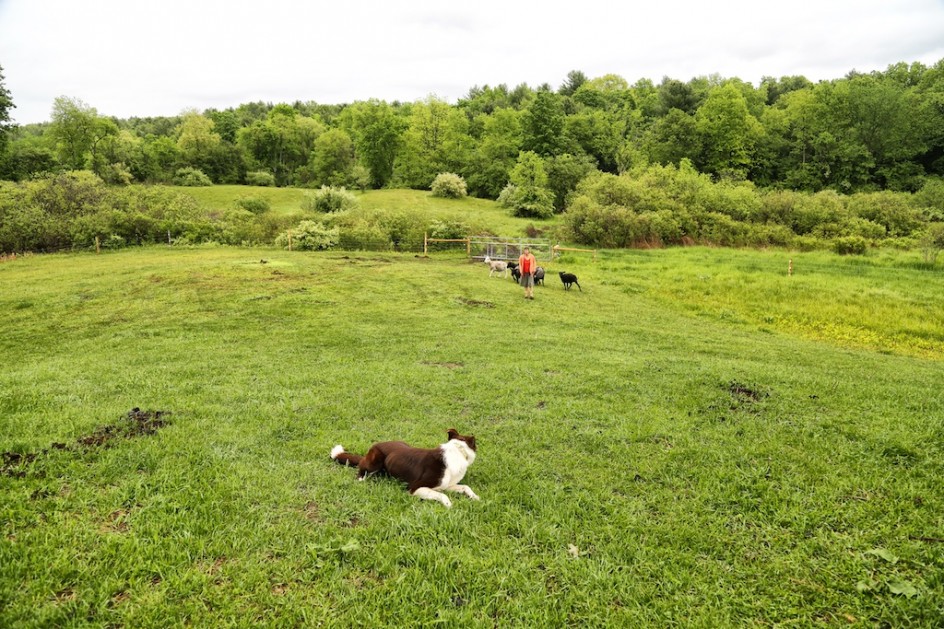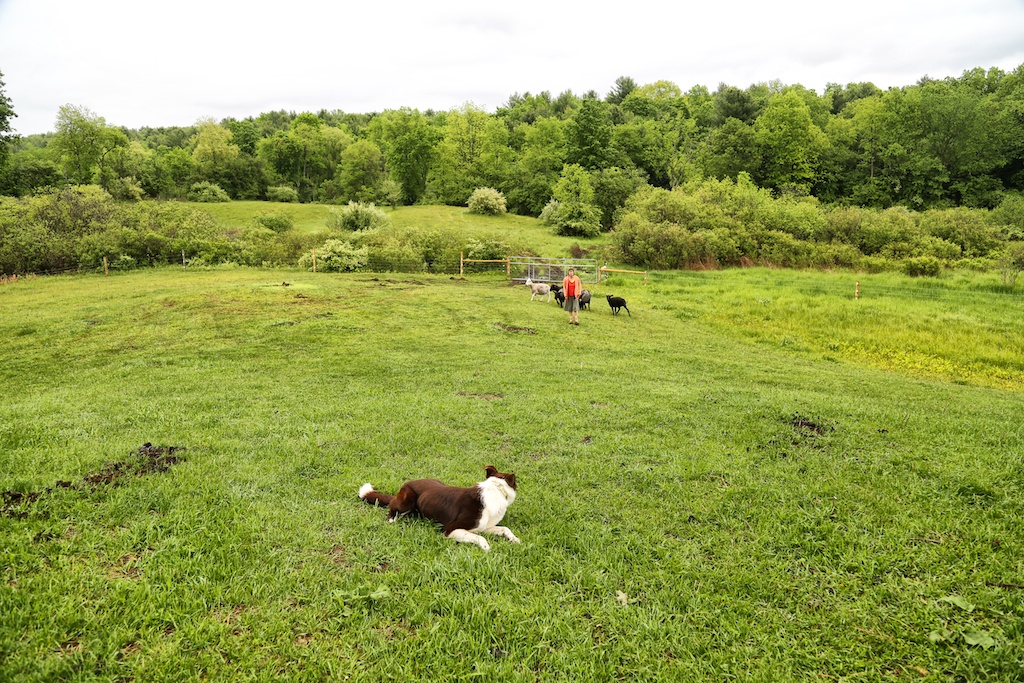
A reader on Facebook asked me this question this morning in regards to my new e-book, “Listening To Dogs: How To Be Your Own Training Guru.” It’s a good and fair question and there are many different ways to answer it, many different answers. The training of all animals, dogs in particular, has many different faces and voices. There is no one idea about training, there are scores, perhaps hundreds, and even though many people will tell you they know precisely what training is and how it should be done, I am not one of them. Training, like grieving, is personal and individual and I didn’t write this book to tell you what to think about training, but to encourage you to think. There is a big difference.
The hallmark of the truly intelligent person is the ability to listen and hear, not to disclaim and pronounce. The open mind is always curious about the ideas of others, the closed mind bullies and argues and looks for labels and pastes them on his or her forehead. The intellectual says “I don’t know,” the ideologue says “I always know.” In our society, and especially in the world of dog training, anyone can be an expert. It is tough to be an individual.
The animal world is now overwhelmingly dominated by women – training also – and the gender variations within are compelling. I am comfortable around women, much more so than men, and in my life with animals, I have always seen women as viscerally loving and connected to animals, much more so than men. In this culture, some people, a minority I think, are also very angry, perhaps using animal advocacy as a way of projecting notions of abuse and mistreatment onto their ideologies and training philosophies. Anger runs through the dog training world like a stream, cropping up wherever training and animal advocacy is discussed. You cannot have a public discussion about dogs or pets or training without seeing it, it is the elephant in the room, it cuts off open discussion like a door slamming in the wind. Any animal lover knows this and feels sorrow about it. Loving animals is not about battering humans, it teaches us just the opposite.
I have a lot of anger in me, and a lot of projection, and I have worked hard to remove it from my notions of dog training or a life with animals. It doesn’t work there, animals are too sensitive to it, and unlike humans, they are not drawn to it, but away from it. It is a cancer in communicating with animals. I am grateful to dogs for many things, but most of all, for helping me become a better human, because you cannot train them if you are not a better human. When you live with sensitive dogs like border collies or intuitive creatures like donkeys, you must either confront your anger and put it away, or accept that you will never really be able to train or communicate with the animals that you love.
We live in the corporate nation, so one kind of training comes from pet store chains and from troves of expensive and thick books, manuals and videos. This is the face of training for many dog owners. It tends to be general, superficial and basic, effective at offering ideas about basic obedience.
Another kind of training comes from the often politically and ideologically driven advocates of various theories – obedience training and pack theory training are two of the biggest and most popular training philosophies. Of these, I like positive reinforcement training (except when I am not positive) and do not make a good dog pack leader. Clicker training is not for me, something else to drop or lose or misuse. I believe in reinforcing the behaviors I like, rather than badgering the dogs over the behaviors I don’t like. I also recognize that some dogs require more assertive and domineering training approaches, sometimes dangerous in the hands of men but also necessary. Dogs are animals, they do not react to challenge and touching the way humans do. This is often how they communicate with one another. It isn’t an approach for me, but it is surely a valid approach for some.
I have developed my own mix of very personal and individual training ideas. First, I have to know the dog. Then I have to know me. Then my home, family and immediate environment. What do I wish the dog to do? What will our lives together be like? Training for me is not possible in four classes, but goes on the life of the dog, every day in a dozen ways. Making him wait before I go out the door. Making him wait a few seconds or minutes before eating. Doing calming training every day, my own blend of obedience exercises that are pleasurable and effective and that show the dog how to do nothing sometimes and be happy. I take dogs everywhere I can, socializing them in every way possible. I always find work for them to do, each one has a separate function I support and reinforce. I love to go on vacations without them, always leave them in crates when I am out of the house, do not feel any anxiety in separating from them for short periods, I take them for several walks a day. I will not medicate them in place of training (me either.)
I don’t care for dog play groups, they seem chaotic and often unhealthy to me, and adult dogs don’t really need them as much as their owners do. I do not believe the only way to get a dog is to rescue one, I believe the only way to get a dog is in a way that works for the dog and you. Sometimes that is rescue, sometimes not. I don’t wish to see dogs only through the prism of rescue and abuse, that is too narrow for me, like the “left’ or the “right.” I love good and conscientious breeders, and I hope dogs like Red, Lenore and Rose remain in the world, which they won’t if nobody uses good breeders. Those border collies people love to watch don’t grow out of cornfields, they are bred.
These are a few of my notions of training, those and more chronicled in “Listening To Dogs: How To Be Your Own Guru.” Obviously, many trainers have good ideas for us, but I believe the more I have become my own favorite trainer, the more I believe in myself, the better my dogs and I have done together. I took Orson to a half dozen trainers and none could repair the damage in him. I trained Frieda by myself, and it took a long time, and is underway still, but it showed me that I could do it. I think this idea saved her life and perhaps it could have saved Orson’s. Our culture takes power and confidence from the individual and gives it to the experts, pundits and specialists. When it comes to training dogs, I’d like to give some back. This is an empowerment book. Speaking on behalf your dogs, I think it’s an idea worth considering. The book costs $2.99, so I’m not planning on getting rich from offering this theory to the world. I believe in it.

